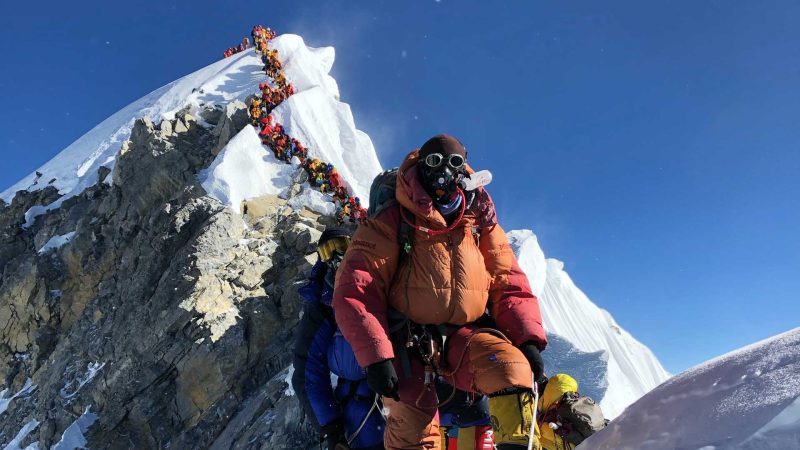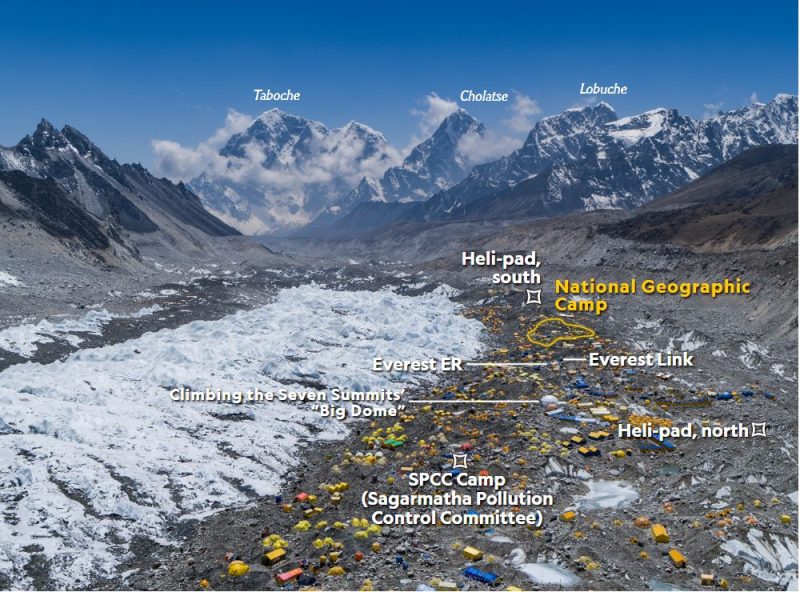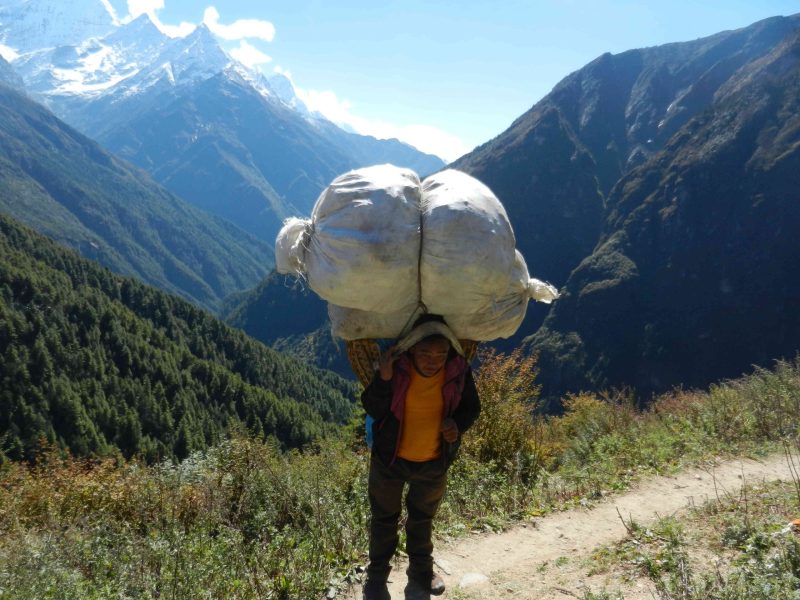
Accounting for roughly 10% of Nepal’s GDP, Mount Everest plays a fundamental role in Nepal’s economic growth. Nepal is cashing in this year, as they have issued a record 466 permits to climb Everest this spring, which has brought in nearly $5 million since they charge $11,000 per foreign climber.
“This is the highest number of permits the department has issued to summit Mount Everest,” Bigyan Koirala from the tourism department told AFP, noting that numbers could rise further.
In 2019, at least four deaths on the mountain were blamed on overcrowding. This has led to a growing concern that the 2023 season could see another overcrowding event, as only 380 permits were issued in 2019.
Although it is a large number of permits issued, it’s important to note that there are more factors that lead to overcrowding. Things like weather and inexperienced climbers are to name a couple. Nims Purja, known for his summit of all 14 peaks on Earth that are above 26,000 ft in one climbing season, shared his insight with Forbes surrounding the topic of overcrowding, specifically the traffic jam in 2019.
“I need to correct that one, the people’s perception, because only I know. If you compare the number of people who climb Everest to the number who climb Mt. Blanc, it is like only 2 percent. But people don’t talk about how crowded Mt. Blanc is. Also, the number who have climbed Everest is about the same per year since 2008. What happened in 2019 was the rope-fixing teams were slow, and there were only two good-weather days all season. Normally, you have the whole of May to climb. Now remember, all of the people on the mountain had sacrificed, worked hard and, in many cases, spent a lot of money to reach their dream of standing on top. So all of them went for the summit basically in one day. I got stuck in that traffic, too, and only took the picture as evidence to show how my own attempt at a world Everest/Lhotse speed record was impacted. The photo ended up sending the wrong message to the rest of the world. Hopefully that [kind of overcrowding] situation won’t happen again.”
Spring is the mountain’s most popular season, as most climbers try to summit around May. The 466 permits don’t include guides, so they estimate 900 people will summit the mountain before the season ends in June.

Overcrowding on Everest seems to be an annual discussion. Not only was the traffic jam in 2019 a hot topic but Everest has been known for being littered with trash and human waste. Harsh conditions make it difficult to remove trash from the world’s tallest peak.
As an incentive to help with the waste problem, in 2019, the Nepali government launched a campaign to clear 10,000 kilograms (22,000 pounds) of trash from the mountain. They also started a deposit initiative, which has been running since 2014. Anyone visiting Mount Everest must pay a $4,000 deposit, and the money is refunded if the person returns with 18 pounds of trash—the average amount that a single person produces during the climb.
Since 1991, the Sagarmatha Pollution Control Committee (SPCC) has been working to keep the area clean. The SPCC is a non-governmental organization and nonprofit run by local Sherpa people. They control waste in the area surrounding Mount Everest, ensure that people have legal permission to climb, and educate people on taking care of the environment.
Everest is a constant reminder that nature deserves all of our respect. Whether that is as small as picking up trash at your local park or making the decision to not traverse a slope in dangerous avalanche conditions.

Nepal’s gdp is 40.8. Billion $ and i don’t know how 5 million $ contributed to 10% of gdp . I think you did some miscalculation